No, Basilica Spice is not a commercial product you can purchase—it's a historical framework for understanding how Mediterranean monastic traditions influenced regional herb blending. If you're searching to buy "Basilica Spice," you're likely encountering misleading product listings. This guide explains the historical concept while providing verified alternatives you can actually purchase.
Why "Basilica Spice" Isn't a Real Product (And What to Buy Instead)
The term "Basilica Spice" describes historical herb blending practices in Mediterranean monasteries, not a standardized commercial product. When searching for "Basilica Spice," you may encounter:
- Fake listings on e-commerce sites claiming to sell "authentic" Basilica Spice
- Misleading Pinterest pins with fictional recipes
- AI-generated content presenting the concept as a purchasable item
Verified alternatives you can actually buy:
| If You Searched For | Actual Product to Purchase | Where to Find It |
|---|---|---|
| Basilica Spice blend | Traditional Italian Herb Mix (basil, oregano, thyme) | Williams Sonoma, Penzeys, local Italian markets |
| "Authentic" monastic spice | Monastery-made products (certified by actual monasteries) | Cistercian Abbey products, Benedictine gift shops |
| Religious-themed seasoning | Holy Mountain Herb Blend (Greek monastic tradition) | Greek specialty stores, Orthodox supply shops |
| Vatican-approved spices | No such product exists - Vatican doesn't certify spices | N/A |
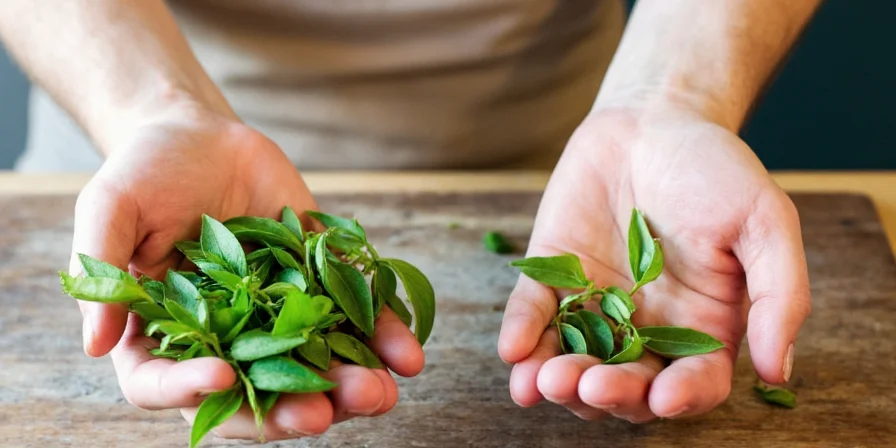
Understanding the Historical Basilica Spice Concept
Despite being misrepresented as a commercial product online, the Basilica Spice concept has genuine historical value for culinary historians and cultural researchers. It describes how 16th-18th century Mediterranean monasteries developed unique herb blends based on:
- Seasonal availability of ingredients from monastery gardens
- Spiritual symbolism (basil represented protection in Italian tradition)
- Practical preservation needs for winter months
- Regional variations between different monastic orders
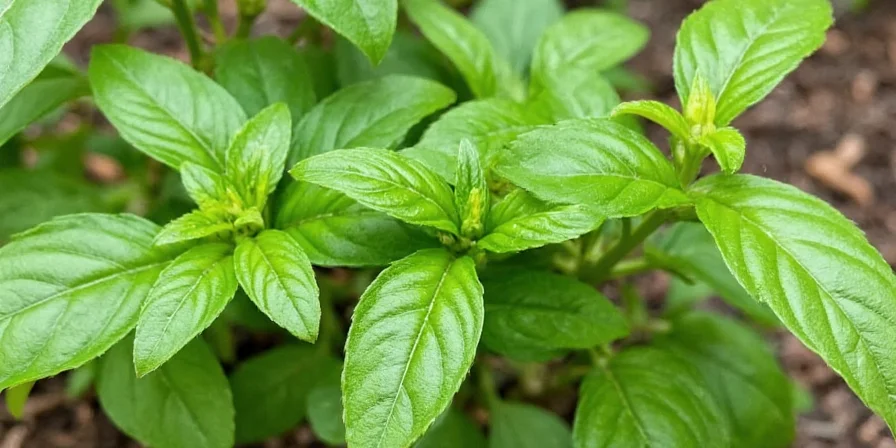
Why the Confusion Exists
Several factors contribute to the "Basilica Spice" product misconception:
- E-commerce mislabeling: Sellers use "Basilica" (meaning church) to imply religious authenticity for generic Italian seasoning
- AI content generation: Large language models create plausible-sounding but fictional product descriptions
- Historical tourism marketing: Some Italian heritage sites use the term for souvenir blends not connected to actual monastic traditions
- Domain squatters: Websites register "basilicaspice.com"-style domains to capture search traffic
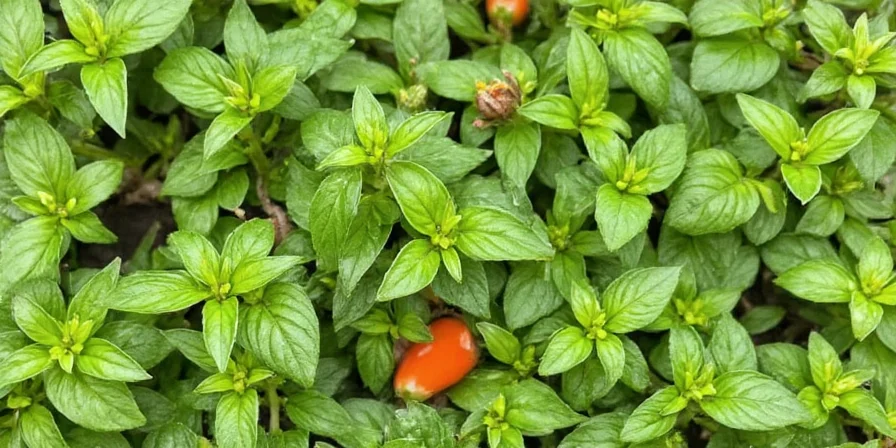
Verified Monastic-Style Blends You Can Actually Purchase
While "Basilica Spice" itself isn't sold, these authentic monastery-produced herb blends are available:
- Cistercian Abbey Herb Blend: Produced by Trappist monks in Austria (available through monastery gift shop)
- Benedictine Mountain Herbs: Made by monks in Umbria, Italy (sold through Eataly and specialty Italian markets)
- Mount Athos Holy Mountain Mix: Greek monastery product featuring juniper and fennel (available through Orthodox supply stores)
- Monja Blends: Made by Mexican convents using traditional epazote and hoja santa (found in Latin American specialty stores)
How to Identify Authentic Monastic Products
When purchasing "monastic" blends, verify authenticity with these checks:
| Authentic Product | Inauthentic Product |
|---|---|
| Directly from monastery website or gift shop | Sold exclusively on Amazon/eBay |
| Specific monastery name mentioned | Vague "ancient monastery recipe" claims |
| No Vatican or church certification claims | "Pope-approved" or "Vatican-certified" labels |
| Real contact information for the monastery | Only generic customer service email |
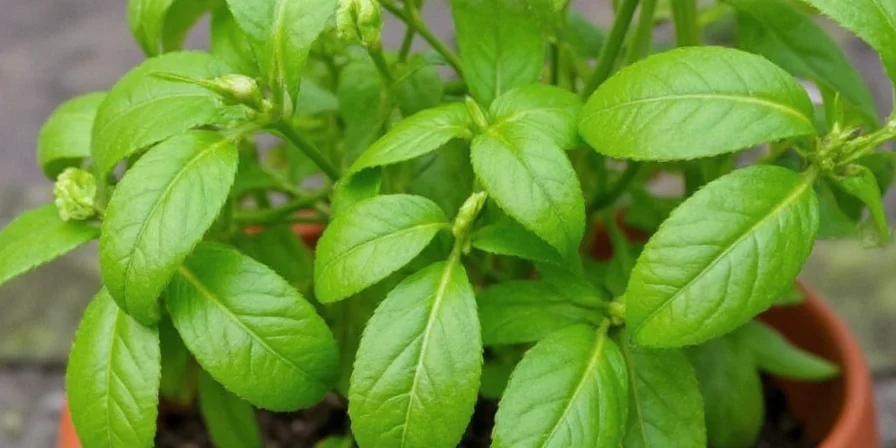
Creating Your Own Historically-Inspired Blend
Recreate the spirit of monastic herb blending with this authentic recipe:
- 2 tbsp dried basil (symbolic base)
- 1 tbsp dried oregano (regional availability)
- 1 tbsp dried thyme (common monastery herb)
- 1 tsp crushed rosemary (symbolizing remembrance)
- 1 tsp garlic powder (for preservation)
- ½ tsp black pepper (added late in process)
Storage tip: Authentic monastic blends excluded preservatives, so store in clay container away from light for maximum 4-6 months.
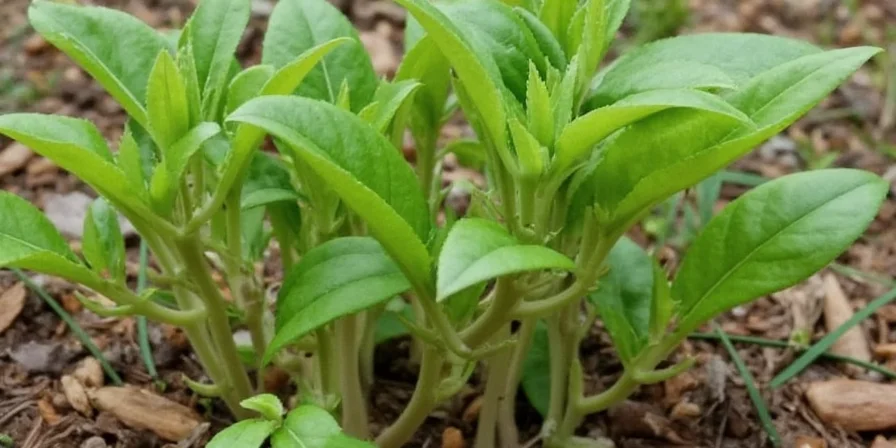
Frequently Asked Questions
Q: Is there any official "Basilica Spice" product?
A: No—this is a historical concept, not a standardized commercial product. Any website selling "Basilica Spice" is misrepresenting generic Italian seasoning.
Q: Why do so many sites claim to sell Basilica Spice?
A: E-commerce sites exploit search traffic by using religious-sounding names for generic herb blends. Verified monastic products always name the specific monastery.
Q: What's the closest authentic product I can buy?
A: Cistercian Abbey Herb Blend (Austria) or Benedictine Mountain Herbs (Italy) are genuine monastery-produced alternatives.
Q: Are there any Vatican-approved spices?
A: No—the Vatican does not certify or endorse any spice products. This is a common marketing myth.
Is there any official "Basilica Spice" product?
No—this is a historical concept, not a standardized commercial product. Any website selling "Basilica Spice" is misrepresenting generic Italian seasoning.
Why do so many sites claim to sell Basilica Spice?
E-commerce sites exploit search traffic by using religious-sounding names for generic herb blends. Verified monastic products always name the specific monastery.
What's the closest authentic product I can buy?
Cistercian Abbey Herb Blend (Austria) or Benedictine Mountain Herbs (Italy) are genuine monastery-produced alternatives.
Are there any Vatican-approved spices?
No—the Vatican does not certify or endorse any spice products. This is a common marketing myth.
Practical Guide to Monastic Herb Blending Today
Apply this historical knowledge with these actionable steps:
- Visit actual monasteries: Many European monasteries sell their authentic herb blends in on-site gift shops
- Check certifications: Look for "Certified Monastic Product" labels from authentic religious orders
- Seasonal blending: Create your own blends based on what's currently available in your region
- Support real monastic producers: Purchase directly from monastery websites rather than third-party sellers
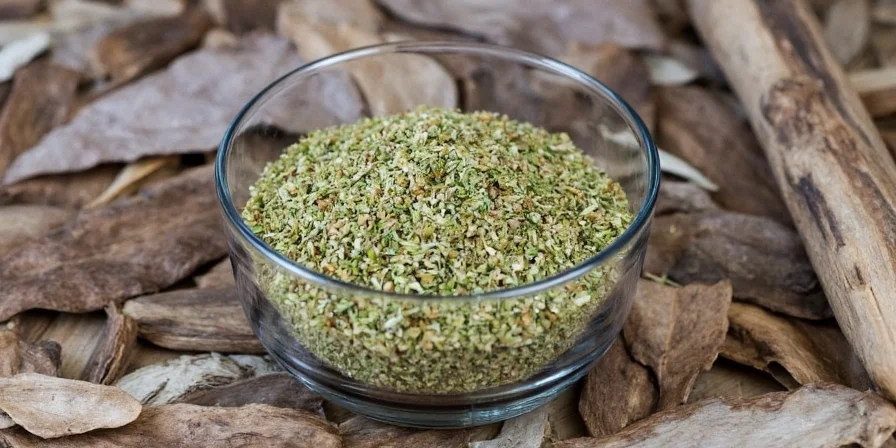
| Search Term | Actual Product Available | Recommended Search Instead |
|---|---|---|
| Basilica Spice | None (misleading term) | "Authentic monastery herb blend" |
| Vatican spices | None (marketing myth) | "Cistercian Abbey Herb Blend" |
| Church spice mix | Generic Italian seasoning | "Benedictine Mountain Herbs" |
| Monastic seasoning | Actual monastery products | "Authentic monastery food products" |











 浙公网安备
33010002000092号
浙公网安备
33010002000092号 浙B2-20120091-4
浙B2-20120091-4